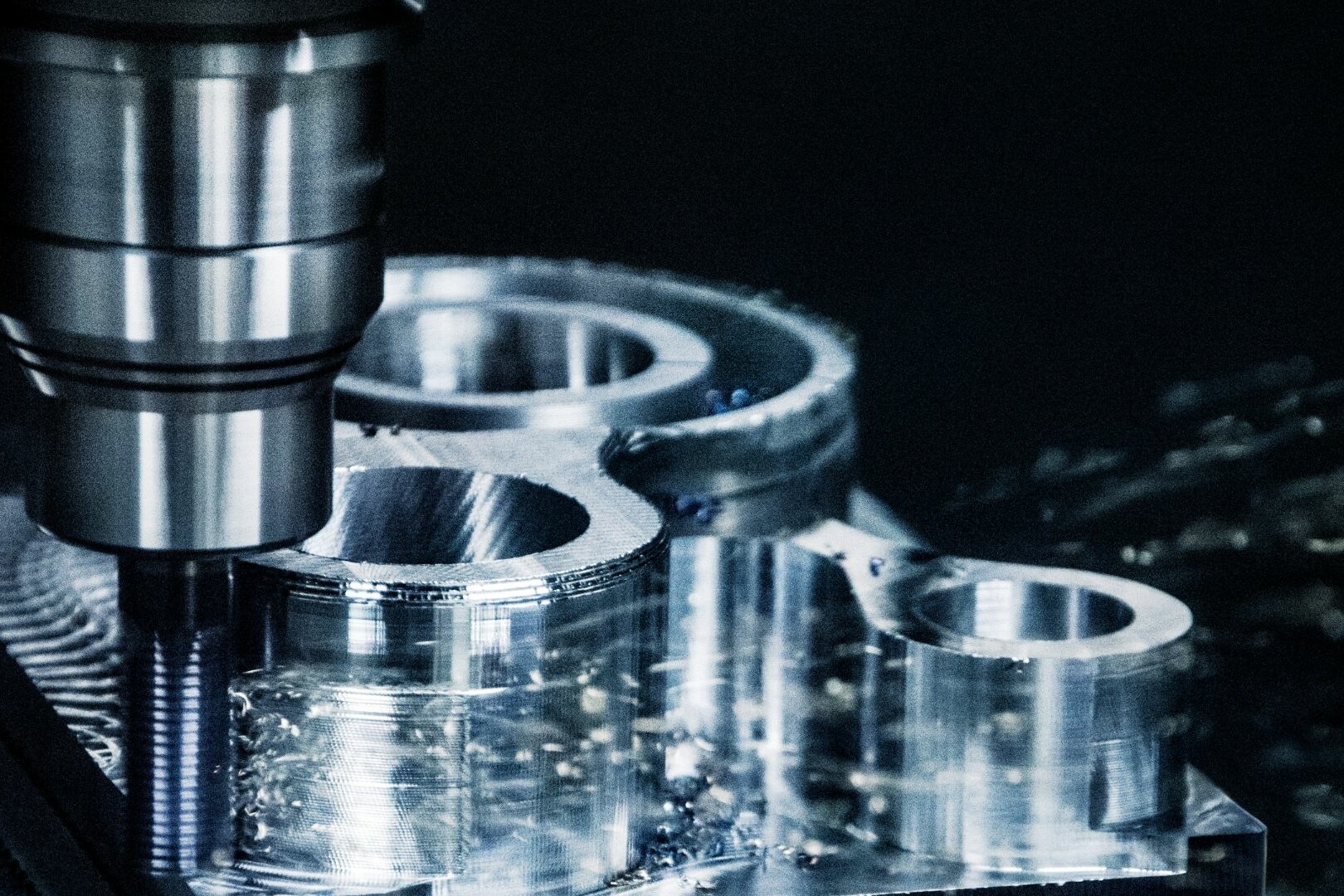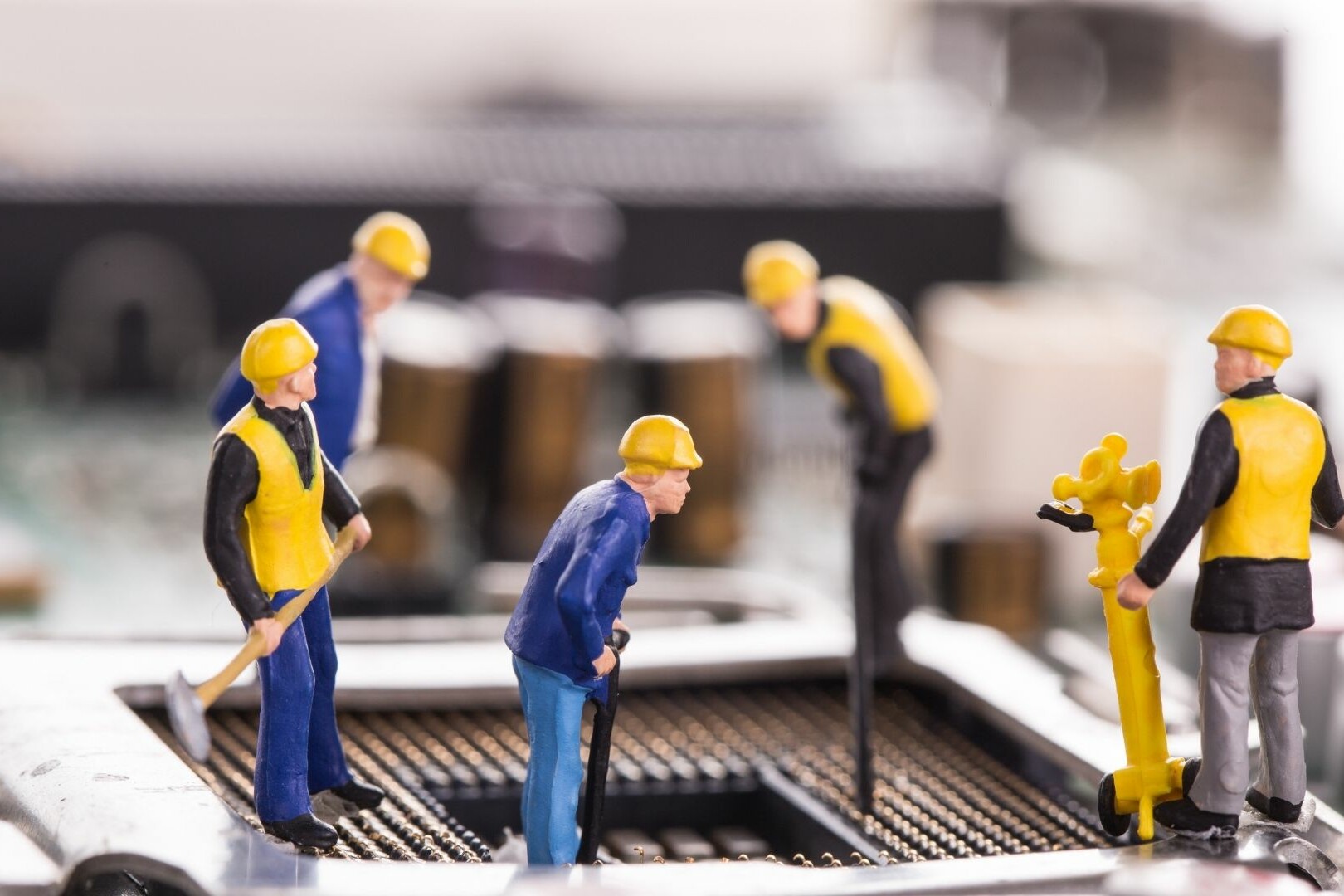A comprehensive Leak Detection and Repair (LDAR) program is indispensable for any industrial operation involved in the handling of liquids or gases, yet its significance is often underestimated and its implementation overlooked. LDAR encompasses a range of procedures and practices that industrial facilities must rigorously adhere to in order to detect, monitor, quantify, and rectify leaks from various equipment and processes, ensuring the integrity of their operations and environmental compliance.
Why is LDAR important?
LDAR helps industrial facilities adhere to stringent environmental regulations governing emissions monitoring and control. By systematically identifying and mitigating leaks, LDAR significantly reduces emissions of volatile organic compounds (VOCs) and hazardous air pollutants, thus contributing to environmental preservation and public health protection. Furthermore, LDAR serves as a crucial measure for enhancing workplace safety by minimizing the risk of accidents, such as explosions and fires, which can result from leaking gases. Beyond regulatory compliance and safety considerations, LDAR also offers substantial financial benefits to businesses by preemptively addressing leaks, thereby minimizing maintenance costs, preventing production losses, and ensuring operational efficiency.
Key elements of an LDAR program
Leak detection methods
LDAR programs has a variety of sophisticated techniques and technologies to detect leaks effectively. Optical gas imaging cameras provide real-time visualization of gas leaks, enabling prompt identification and response. Portable vapor analyzers offer precise measurements of gas concentrations, facilitating accurate quantification of emissions. Traditional methods such as soap bubble tests and sensory inspections remain valuable tools for detecting leaks, particularly in hard-to-reach or visually obscured areas.
Monitoring and recordkeeping
Continuous monitoring of leak rates is a fundamental aspect of LDAR programs, enabling early detection of anomalies and proactive intervention. Robust recordkeeping practices are essential for documenting regulatory compliance, maintaining accountability, and facilitating data-driven decision-making. Detailed records of leak detection activities, repairs, and maintenance interventions ensure transparency and traceability, enabling facilities to demonstrate their commitment to environmental stewardship and operational excellence.
Consequences of inadequate LDAR
Regulatory enforcement
Facilities that neglect LDAR risk facing severe consequences, including regulatory fines, consent decrees, and potential shutdowns. Regulatory agencies impose strict penalties on non-compliant facilities to deter environmental violations and protect public health and welfare. Moreover, non-compliance can trigger increased regulatory scrutiny and inspections, leading to reputational damage and operational disruptions for the facility.
Financial impacts
The financial implications of inadequate LDAR can be significant and far-reaching. Leaks result in the loss of valuable product, leading to increased operating costs and reduced profitability. Delayed detection and repair of leaks can exacerbate equipment degradation, resulting in costly repairs and downtime. Additionally, production losses stemming from equipment failures or regulatory non-compliance can have profound implications for the facility’s revenue stream and market competitiveness.
Conclusion
Implementing a robust LDAR program demands proactive commitment and investment from industrial facilities, but the benefits far outweigh the costs. By prioritizing LDAR, facilities can achieve regulatory compliance, mitigate environmental risks, optimize operational efficiency, and safeguard the health and safety of their employees and surrounding communities. Ignoring LDAR not only undermines environmental responsibility and workplace safety but also exposes businesses to regulatory sanctions, financial losses, and reputational damage.
In conclusion, LDAR is not merely a regulatory obligation but a strategic imperative for industrial facilities seeking to maintain operational excellence, environmental sustainability, and financial viability in an increasingly complex and competitive landscape. By embracing LDAR as a core component of their business practices, facilities can demonstrate their commitment to responsible stewardship of resources and commitment to the well-being of present and future generations. LDAR programs serve as a cornerstone of proactive environmental management, enabling businesses to mitigate risks, optimize performance, and build resilience in the face of evolving regulatory requirements and stakeholder expectations. As industries continue to evolve and expand, the importance of LDAR in ensuring sustainable operations and minimizing environmental impact cannot be overstated. It is imperative for businesses to invest in robust LDAR programs that align with their strategic objectives and demonstrate their commitment to environmental stewardship and corporate responsibility. By embracing LDAR as a proactive approach to emissions management and regulatory compliance, businesses can position themselves for long-term success and contribute to a cleaner, safer, and more sustainable future for all.
Recommended Blog Posts
September 4, 2023
Powerful Signal Analysis Tools for Vibration Analysis
Predictive maintenance, crucial for machinery reliability, heavily relies on vibration analysis. Techniques like FFT…
September 4, 2023
Rotating Machinery Vibration Analysis
Vibration analysis is a critical tool in various industries like manufacturing, power generation, and transportation.…
December 28, 2022
Fault Diagnostic Technique Using Machine Mode Similarity Analysis
AI can diagnose machine faults with vibration data but machine mode similarity analysis is an alternative, it uses…
September 15, 2022
Understanding Rotating Machinery Data
Machine data is generated by physical attributes and actions of machines, collected by sensors and analyzed for…
August 6, 2021
Envelope Analysis
Bearings are critical elements in rotating machines, they support radial and axial loads, and reduce friction. Real…
May 6, 2021
What is Cepstral Analysis?
Cepstral Analysis, a tool used to detect periodicity in frequency spectrum, can be useful in gearbox fault detection in…
October 9, 2020
How is Fault Detection Performed?
Vibration measurements and analysis, using multiple parameters, can identify developing problems in machinery before…
September 21, 2020
Parameter Selections in Vibration Measurement
Vibration measurements are used to determine the response of machines to forces and identify potential issues. It is…
September 4, 2020
What is Vibration Analysis?
Vibration analysis can be used to discover problems in machines and predict when they might fail. It can significantly…
Discover Our Products
Sensemore Predictive Maintenance Solution
If you enjoyed this blog, explore our Predictive Maintenance Solution page.











